J-STORIES – While it's well-known that excessive salt intake can lead to high blood pressure and other health issues, low-salt diets often lack flavor, making dietary changes difficult. To address this, a new type of tableware that uses electrical stimulation is being developed and is moving toward practical application.
Meiji University's Miyashita Laboratory and Kirin Holdings, both based in Nakano, Tokyo, are collaborating on a low-salt device called ‘ElecSalt.’ The device uses extremely weak electrical currents, which are harmless to humans, to adjust the movement of ions responsible for salty and umami flavors in food. This allows it to simulate enhancing or reducing the taste of food. Clinical trials from this joint research have, for the first time in the world, confirmed that the device can increase the perceived saltiness of low-salt foods by about 1.5 times.
.jpg)
In April 2022, a chopstick-like device that connects to a smartwatch via a cable was developed. Later, in September of the same year, spoon-shaped and bowl-shaped devices were also created. All of these devices use electrical stimulation from the tableware to enhance the flavor of low-salt foods.
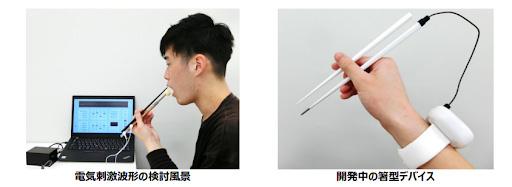
Research on electric taste began with a paper published in 2011 by Professor Miyashita of Meiji University. He introduced a vision of altering the taste of food and drinks through electrical stimulation using straws, chopsticks, and forks, expanding the culinary experience and taste perception. This sparked global interest, leading researchers worldwide to conduct experiments using various devices.
Over the past decade, Miyashita's work has been widely cited, earning him significant recognition. In 2021, he received the Lasting Impact Award from an international academic society. In 2023, he was honored with the Ig Nobel Prize, which celebrates research that makes people laugh and think. He also won the Japan Open Innovation Prize.
.jpg)
His research aims to make low-salt diets more enjoyable, contributing to solving the social issue of health problems caused by excessive salt intake. This work has garnered attention not only from industry and academia but also from government bodies.
The current device can enhance the perception of saltiness by about 1.5 times. However, Professor Homei Miyashita explains, ‘We understand the principles of effectively bringing out flavors. By optimizing the chemical composition of low-salt foods to align with this knowledge, we can achieve a synergistic effect, potentially enhancing the perceived flavor by more than 1.5 times.’

Professor Miyashita also points out that the electric taste device can enhance not just saltiness but other flavors like sourness and umami as well. ‘For example, when eating sweet and sour pork, both the sourness and umami can be enhanced while keeping the salt content low. This makes the dish taste better overall, not just saltier,’ Miyashita says.
In an interview with J-STORIES, Professor Miyashita mentioned that when the device was first introduced in 2022, there was a slight time lag before the effects were felt, and the saltiness had a subtle off-taste. However, over the past two years, these issues have been significantly improved. The time lag has been reduced, and the saltiness now tastes much better. ‘There is a concern that the idea of using electricity might scare people. I hope that once people experience the benefits of this device, they will understand its value and adopt it without prejudice,’ Miyashita says.
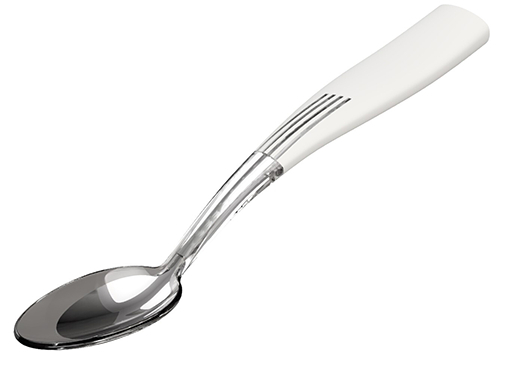
Kirin aims to release the ‘ElecSalt Spoon’ in the summer of 2024 and is currently developing the sales model and conducting durability and efficacy tests with prototype devices. The chopstick device, which gained attention after winning the Ig Nobel Prize, faced some resistance from users who found the wrist-mounted cable uncomfortable. As a result, the first product to be launched will be the spoon-shaped device. Kirin is also considering the development of other tableware, such as cups and straws, for practical use in the future.
In an interview with J-STORIES, Kirin stated, ‘We aim to make this technology practical in Japan as one method to prevent the onset and worsening of lifestyle-related diseases.’
Translation by Tony McNicol
Updated by Oğuzhan Karagözoğlu and Erin Hirakawa
Top page photo by Kirin Holdings
For inquiries about this article, please contact jstories@pacficbridge.jp
***
Click here for the Japanese version of the article.
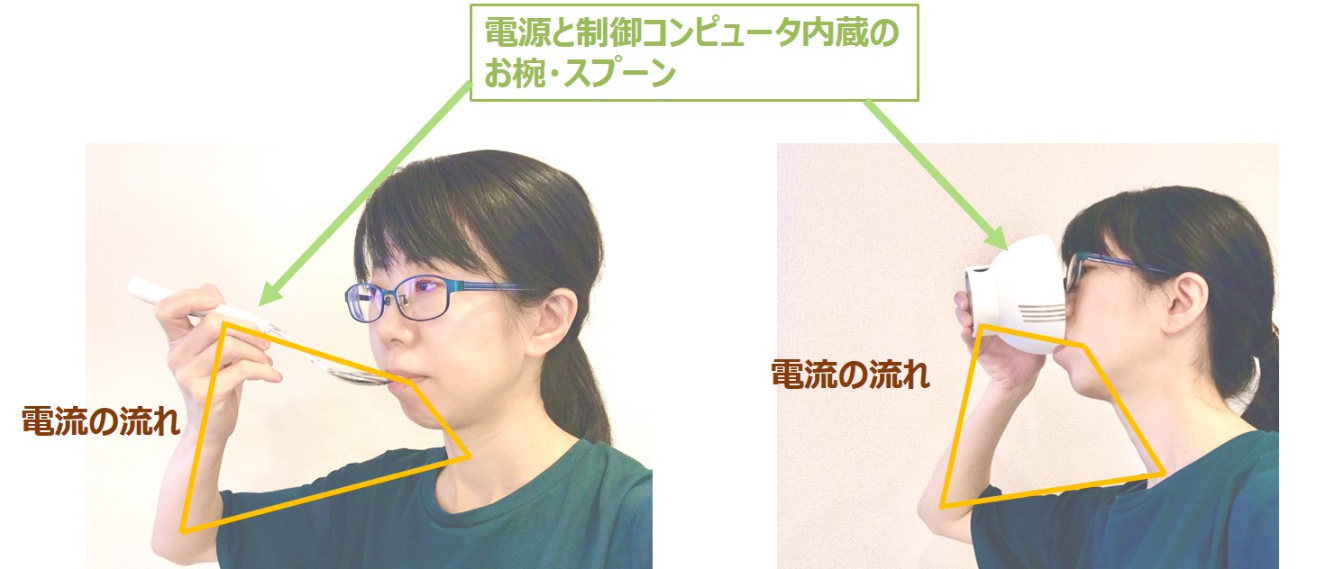
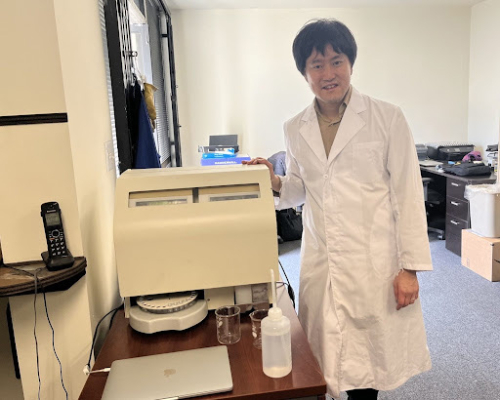
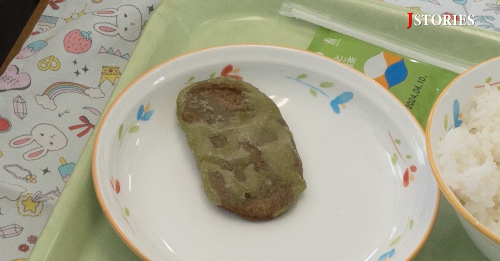
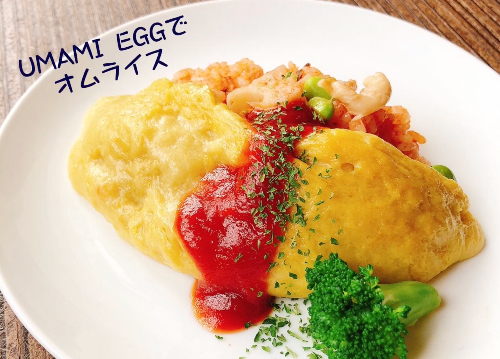

![[Podcast] Japanese technology to supercharge human fertility (Part 3)](https://storage.googleapis.com/jstories-cms.appspot.com/images/1766558713084place-for-scientific-research-2025-03-07-14-08-49-utc%20(1)_bigthumbnail.jpeg)
![[Interview: Part 2] A digital approach to tackle child hunger in Japan with dignity](https://storage.googleapis.com/jstories-cms.appspot.com/images/1766130666509unnamed_bigthumbnail.jpg)
![[Podcast] Japanese technology to supercharge human fertility (Part 2)](https://storage.googleapis.com/jstories-cms.appspot.com/images/1765863548035unnamed-7_bigthumbnail.jpg)
![[Podcast] Japanese technology to supercharge human fertility (Part 1)](https://storage.googleapis.com/jstories-cms.appspot.com/images/1765440905082unnamed_bigthumbnail.jpg)
_bigthumbnail.jpeg)





![[Interview] When digital and physical worlds meet](https://storage.googleapis.com/jstories-cms.appspot.com/images/1747974430456unnamed-2_smallthumbnail.png)




_smallthumbnail.jpeg)

![[Interview: Part 1] From nourishing souls to feeding the hungry](https://storage.googleapis.com/jstories-cms.appspot.com/images/1763695595492unnamed_smallthumbnail.jpg)

